X9
NAME THE WAXING GIBBOUS

2
X 8
Which best describeS why Earth has four different seasons?
A It rotates on its axis.
B It has only one star in its solar system.
C It has only one moon in its solar system.
D It has bodies of water with different currents.
A IT ROTATES ON ITS AXIS
X 9
IF THE MOON DID NOT ORBIT THE EARTH ON AN ANGLE, HOW OFTEN WOULD A LUNAR ECLIPSE OCCUR
A Once a month at the First Quarter phase
B Once a month at the Full Moon phase
C Once a month at the New Moon phase
D Once a month at the Third Quarter phase
B. ONCE A MONTH AT THE FULL MOON PHASE
X8
GALILEO GALILEI BELIEVED IN
A. SUN CENTERED SOLAR SYSTEM
B. EARTH CENTERED SOLAR SYSTEM
A.. SUN CENTERED SOLAR SYSTEM
x9
In six months, how far will Earth have gone in its orbit around the sun compared to how far the moon has gone in its orbit around Earth?
A -Earth: completes one orbit of the Sun-Moon: completes one orbit of Earth
B - Earth: completes six orbits of the Sun
- Moon: completes twelve orbits of Earth
C -Earth: completes half of one orbit of the Sun-Moon: completes six orbits of Earth
D -Earth: completes a third of one orbit of the Sun- Moon: completes three orbits of Earth
C -Earth: completes half of one orbit of the Sun-Moon: completes six orbits of Earth
X9
Which statement explains the position of the side of Earth when it is night?
A The side of Earth is facing the moon.
B The side of Earth is facing away from the sun.
C The side of Earth is being blocked by the moon.
D The side of Earth is between the sun and the moon.
B The side of Earth is facing away from the sun.
 x8
x8
WHAT SEASON DOES THIS DIAGRAM REPRESENT IN THE NORTHERN HEMISPHERE?
WINTER
x8
main cause of ocean tides?
A the tilt of Earth's axis
B Earth's rotation on its axis
C the gravitational pull of the moon
D uneven heating of the oceans by the sun
c .. the gravitational pull of the moon
x9
 Which season is the northern hemisphere experiencing ?
Which season is the northern hemisphere experiencing ?
a. spring
b. summer
c. winter
d. fall
b. summer
x9
Which statement best explains the reason why summer is warmer than winter?
A The Earth's axis tilts toward the Sun, so the rays more directly.
B The Sun moves closer to the Earth during the warm months.
C The days are longer during the summer than during the winter.
D. The earth is closer to the sun during summer
a. The Earth's axis tilts toward the Sun, so the rays more directly.
X 7
COPERNICUS BELIEVED IN A
A. EARTH CENTERED SOLAR SYSTEM
B. SUN CENTERED SOLAR SYSTEM
B.. SUN CENTERED SOLAR SYSTEM
X 7
NAME THE FIRST QUARTER
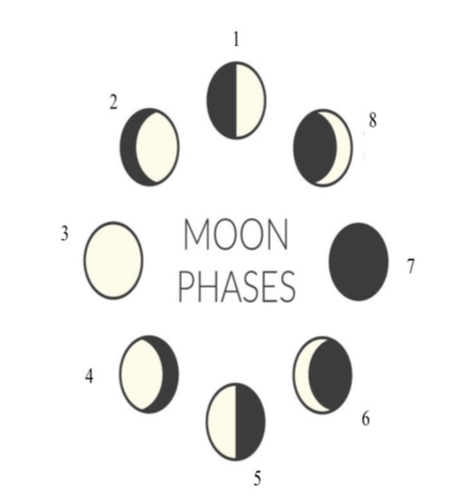
1
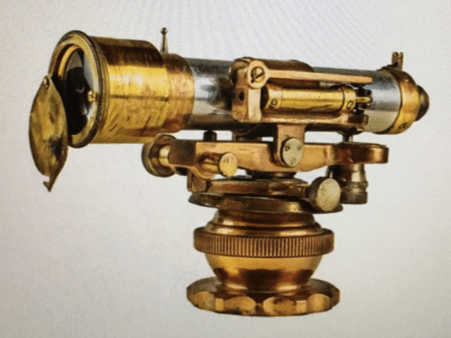 X 7
X 7
THIS IS A TELESCOPE. EXPLORERS WOULD USE THIS TOOL TO CHART THEIR POSITION BASED ON THE
A. STARS
B. MOON
C. PLANETS
D. OCEAN TIDES
A. STARS
X8
WHAT SEASON IS REPRESENTED IN THE DIAGRAM IN THE NOR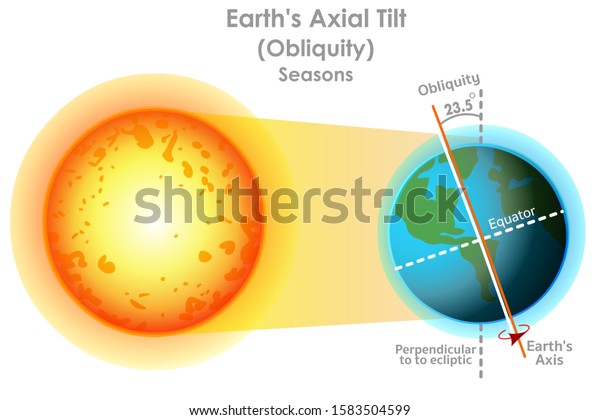 THERN HEMISPHERE?
THERN HEMISPHERE?
SUMMER
X 7
WE SEE ......... OF THE MOON AS IT ORBITS THE EARTH.
A. ONE SIDE
B. TWO DIFFERENT SIDES
C. ALL SIDES
A.. ONE SIDE
x8

How long does it take earth to move from position A to position c
a. 3 months
b. 6 months
c. 9 months
d. 12 months
b. 6 months
X 6
NAME THE FULL MOON
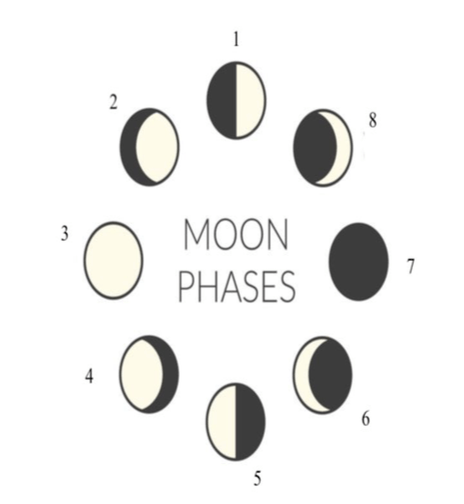
3
x5
The seasons change on Earth because of predictable patterns.
Select the one reason that explains why the seasons change on Earth.
A The distance from the Earth to the sun changes.
B The distance from Earth to the moon changes.
C. The amount of heat give off by the sun changes with the seasons.
D. Earth's tilt causes the sun to be higher or lower in the sky as the seasons change.
D. Earth's tilt causes the sun to be higher or lower in the sky as the seasons change.
X8
In three months, how far will Earth have gone in its orbit around the sun compared to how far the moon has gone in its orbit around Earth?
A -Earth: completes one orbit of the Sun-Moon: completes one orbit of Earth
B - Earth: completes six orbits of the Sun
- Moon: completes twelve orbits of Earth
C -Earth: completes half of one orbit of the Sun-Moon: completes six orbits of Earth.
D -Earth: completes a third of one orbit of the Sun- Moon: completes three orbits of Earth
D -Earth: completes a third of one orbit of the Sun- Moon: completes three orbits of Earth
X8
WE HAVE THE LONGEST AMOUNT OF DAYLIGHT DURING THE
A. SPRING
B. SUMMER
C. WINTER
D. FALL
B. SUMMER
 X9 IDENTIFY THE 3RD QUARTER
X9 IDENTIFY THE 3RD QUARTER
7
x 6
A
x 6
In winter, the axis of the earth is pointed
A towards the sun
B down from the sun
C up from the sun
D away from the sun
d away from the sun
x 8
time it takes the moon to complete one lunar cycle
A 24day
B 365 days
C 28 days
D 14 days
c. 28 days
X 7
PTOLEMY BELIEVE IN A
A. EARTH CENTERED SOLAR SYSTEM
B. SUN CENTERED SOLAR SYSTEM
A .. EARTH CENTERED SOLAR SYSTEM
X 6
NAME THE WAXING CRESCENT
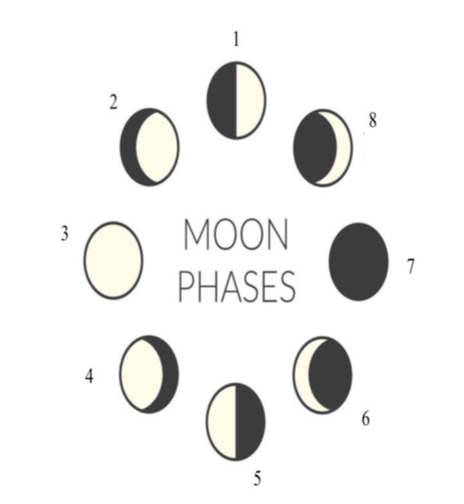
8
X 6
PLATO BELIEVED IN A
A. EARTH CENTERED SOLAR SYSTEM
B. SUN CENTERED SOLAR SYSTEM
A.... EARTH CENTERED SOLAR SYSTEM
 X7
X7
IDENTIFY THE WAXING GIBBOUS
4
x 5
Which phases are in order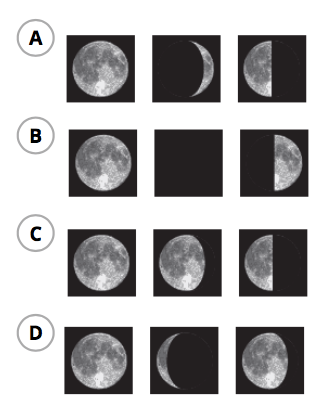
c
x 7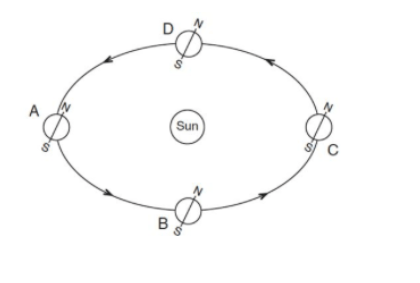 How long does it take earth to move from position A to position D
How long does it take earth to move from position A to position D
a. 3 months
b. 6 months
c. 9 months
d. 12 months
c... 9 months
x7
The moon gets its light from
A the earth
B the sun
C the stars
D making its own light
b. the sun
x7
The seasons change on Earth because of predictable patterns. Select one reason statements that explains why the seasons change on Earth.
A The distance from the Earth to the sun changes.
B The distance from Earth to the moon changes.
C Different places on Earth get different amounts of direct sunlight.
D The amount of heat give off by the sun changes with the seasons.
c. different places on Earth get different amounts of direct sunlight
X 5
NAME THE WANING CRESCENT
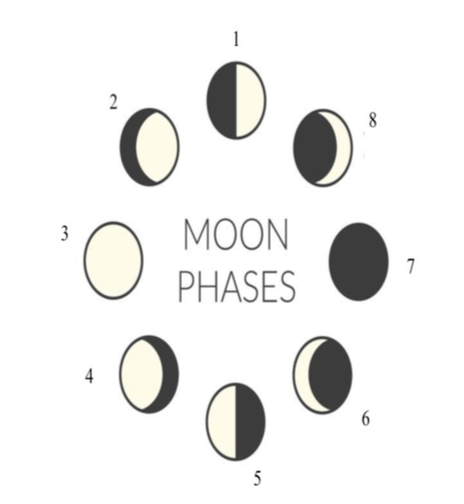
6
X7
WHICH IS A TRUE STATEMENT ABOUT THE SUN?
A. The sun is bigger than the Moon but smaller than the Earth.
B. All stars are equally bright, only distance causes appearance changes.
C. The sun’s gravity is strong enough to create a solar system.
D. The sun is located in a solar system very close to Earth’s solar system.
C. THE SUN'S GRAVITY IS STRONG ENOUGH TO CREATE A SOLAR SYSTEM
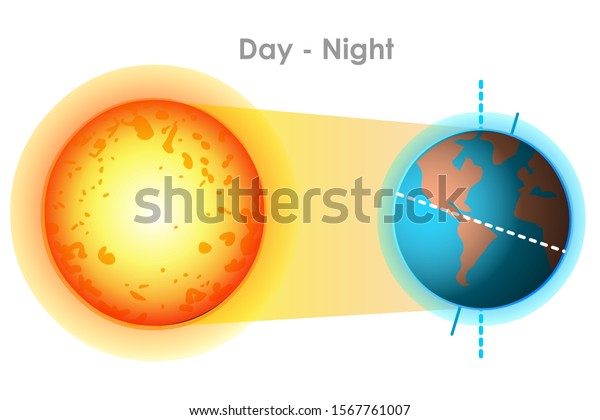 X8
X8
WHAT SEASON IS REPRESENTED IN THE NORTHERN HEMISPHERE IN THIS DIAGRAM?
WINTER
X7
The diagram shows the Moon in four different positions A - D as it revolves around the Earth. If the moon is in Position C on November 1st, to what position would it be closest on November 15 of the same month?
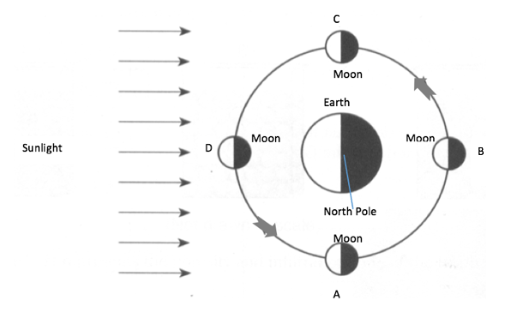
Position B
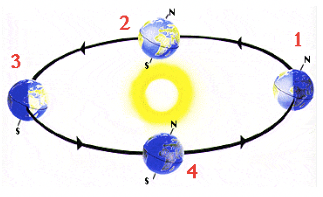
x 5
Which season is taking place in the Southern Hemisphere at position 1?
A Winter. B Spring C Summer D Fall
c summer
X 7
NAME THE LAST QUARTER
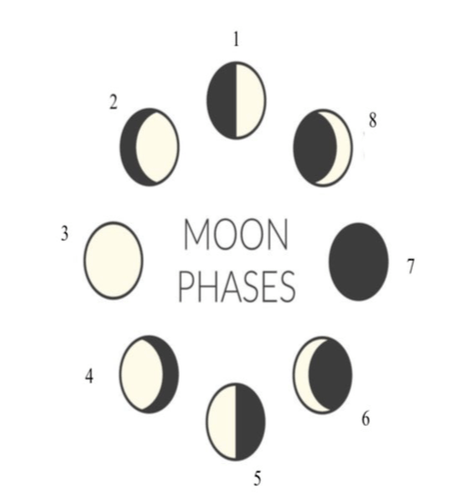
5
x 7
Which best describes why Earth has four different seasons?
A It orbits the Sun.'
B It has only one star in its solar system.
C It has only one moon in its solar system.
D It has bodies of water with different currents.
A IT ORBITS THE SUN
X 7
NAME THE WANING GIBBOUS
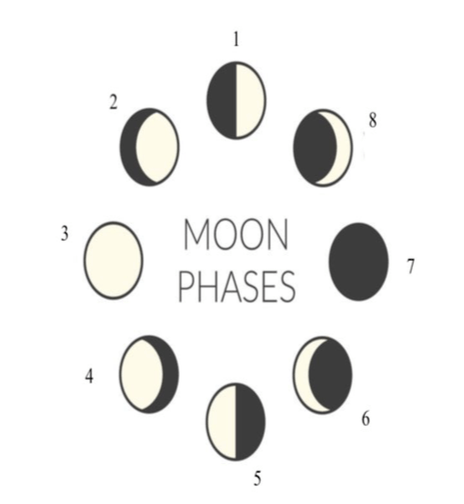
4
X 6
SIR ISSAC NEWTON BELIEVED IN A
A. EARTH CENTERED SOLAR SYSTEM
B. SUN CENTERED SOLAR SYSTEM
B... SUN CENTERED SOLAR SYSTEM
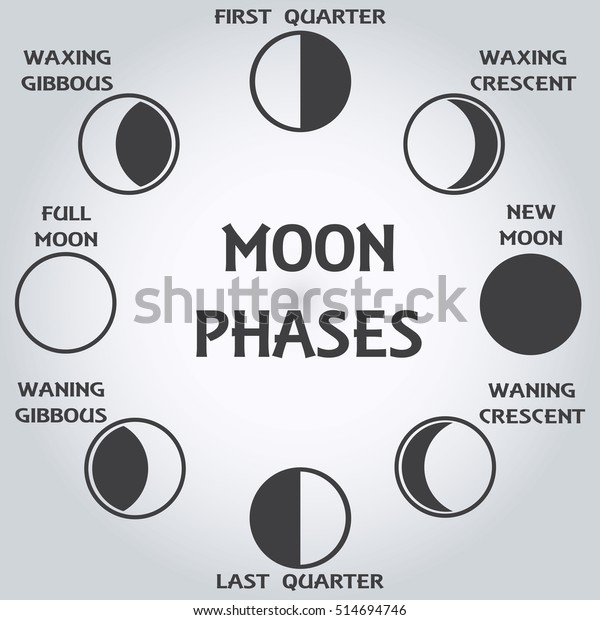 X9
X9
STARTING AT THE LAST QUARTER...WHAT PHASE WILL YOU BE VIEWING IN 2 WEEKS
FIRST QUARTER
x6
The diagram shows the Moon in four different positions A - D as it revolves around the Earth. If the moon is in Position A on September 1st, to what position would it be closest on September 30th of the same month?
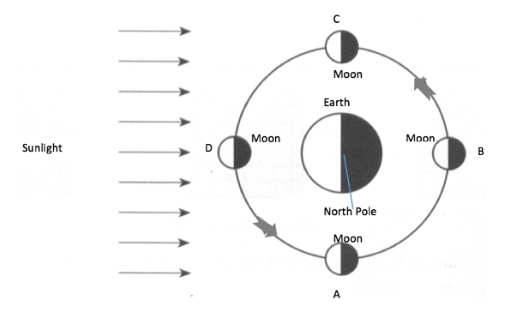
A Position A
B Position B
C Position C
D Position D
Position a
X7
The different shapes of the moon you see from Earth are called...
A eclipses.
B solar eclipses.
C phases.
D umbra.
x8
Sun----moon ------ Earth = which phase
A New Moon
B First Quarter
C Full Moon
D Last Quarter
A. New Moon
X 7
ARISTOTLE BELIEVED IN A
A. EARTH CENTERED SOLAR SYSTEM
B. SUN CENTERED SOLAR SYSTEM
A.. EARTH CENTERED SOLAR SYSTEM
X 7
NAME THE NEW MOON
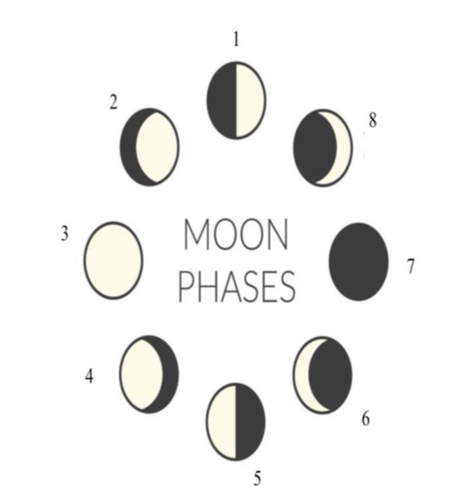
7
X8
WHICH STATEMENT IS TRUE ABOUT THE SUN?
A The sun is the closest star to Earth in the entire Milky Way.
B The sun is bigger than the Moon but smaller than the Earth.
C All stars are equally bright, only distance causes appearance changes.
D The sun is located in a solar system very close to Earth’s solar system.
A The sun is the closest star to Earth in the entire Milky Way.
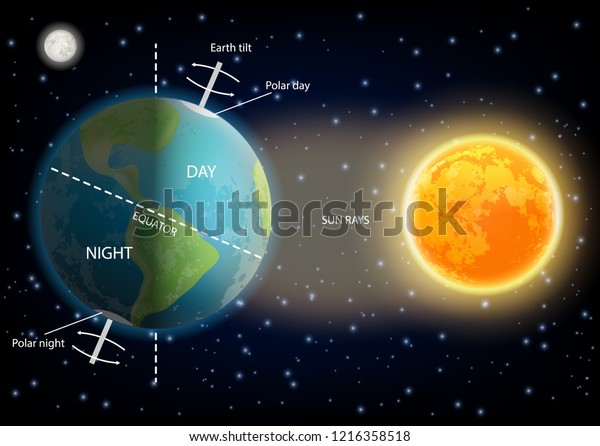 X9
X9
WHAT SEASON IS BEING REPRESENTED IN THE NORTHERN HEMISPHERE?
SUMMER
X7
The different shapes of the moon you see from Earth are called...
A eclipses.
B solar eclipses
C phases.
D umbra.
C PHASES
x7
- comparing two planets in our solar system.
- Both planets are about the same size, and
- they are rocky planets.
Which two planets MOST LIKELY comparing?
a.Venus and Mars
b. Earth and Venus
c. Saturn and Uranus
d. Earth and Mercury
B. VENUS AND EARTH
X7
SUN --- EARTH---- MOON = which phase of the moon
A crescent moon
B full moon
C gibbous moon
D new moon
B FULL MOON
X6
In 1 year, how far will Earth have gone in its orbit around the sun compared to how far the moon has gone in its orbit around Earth?
A -Earth: completes one orbit of the Sun-
Moon: completes one orbit of Earth
B - Earth: completes one orbit of the Sun
- Moon: completes twelve orbits of Earth
C -Earth: completes half of one orbit of the Sun-Moon: completes six orbits of Earth
D -Earth: completes a third of one orbit of the Sun- Moon: completes three orbits of Earth
B - Earth: completes one orbit of the Sun
- Moon: completes twelve orbits of Earth
X6
Day and night are caused by...
A the tilt of the Earth's axis.
B eclipses.
C Earth's revolution around the Sun.
D Earth's rotation on it's axis.
D.
X6
What is equivalent to one year?
A Earth's rotation
B The Sun's rotation
C Earth's revolution around the Sun
D The Moon's revolution around the Earth
C Earth's revolution around the Sun
![]() X10
X10
IDENTIFY THE WAXING CRESCENT AND THE WANING CRESCENT
1/7